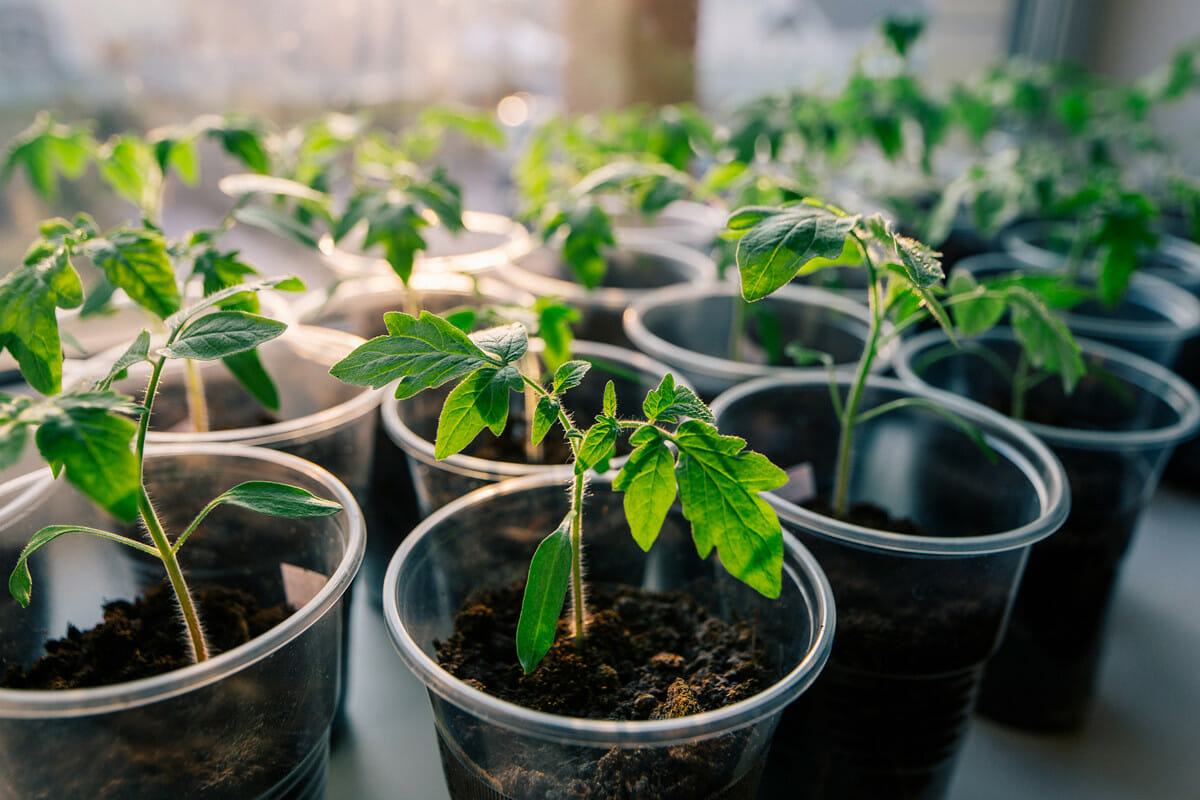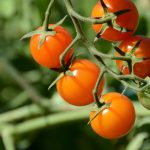Tomato plants are staples in many home gardens, and their success depends greatly on frequent watering, particularly during the hot summer months.
Striking the right balance between hydration and overwatering is essential for healthy and productive tomato plants. In this blog post, we’ll explore the best watering practices for tomato plants during summer.
- Consistent Moisture is Key
Tomato plants thrive when provided with consistent moisture throughout the summer. Water tomato plants deeply, ensuring that the water reaches the plant’s root system. Deep watering promotes strong root growth and helps plants access moisture during dry spells. Aim for 1-2 inches of water per week, applied in one or two deep watering sessions.
Apply a layer of organic mulch, such as straw or wood chips, around the base of tomato plants. Mulching helps retain moisture, reduces weed growth, and regulates soil temperature. It also prevents excessive evaporation and conserves water, promoting healthier and more resilient plants.
While tomatoes require consistent moisture, they also need well-draining soil. Avoid overwatering, as excessively wet soil can lead to root rot and other diseases. Monitor the soil moisture by checking the top few inches, and water only when it starts to dry out.
2. Watering Techniques for Optimal Absorption
The way you water your tomato plants plays a significant role in their hydration, direct the water at the base of the plants, near the soil surface. This method ensures that the water reaches the roots directly, allowing for efficient absorption. Avoid overhead watering, as it may increase the risk of fungal diseases and waste water through evaporation.
Water your tomato plants early in the morning, preferably before the sun is at its peak. Morning watering allows the plants to absorb moisture before the heat of the day intensifies.
Consider using drip irrigation or soaker hoses to water your tomato plants. These methods deliver water directly to the root zone, minimizing water loss through evaporation. They also ensure a consistent and even distribution of water, promoting healthy growth.
3. Monitor and Respond to Plant Needs
To ensure your tomato plants receive the right amount of water during the summer, closely monitor their hydration needs.
Watch for signs of both overwatering and underwatering. Yellowing leaves, wilting, or stunted growth may indicate either condition. Adjust your watering routine accordingly to meet the specific needs of your plants.
Use your finger or a moisture meter to check the soil moisture level around the plants. Stick your finger about an inch into the soil; if it feels dry, it’s time to water. Consistent monitoring will help you maintain the proper moisture balance.
Remember that watering requirements may vary as summer progresses. Adjust your watering schedule based on the weather conditions, rainfall, and the growth stage of your tomato plants. Monitor the plants’ response and adapt accordingly for optimal results.
Watering tomato plants appropriately during summer is crucial for their growth, productivity, and overall health. By ensuring consistent moisture, using effective watering techniques, and closely monitoring the plants’ needs, you’ll be well-equipped to strike the perfect watering balance. With these practices in place, your tomato plants will thrive!






